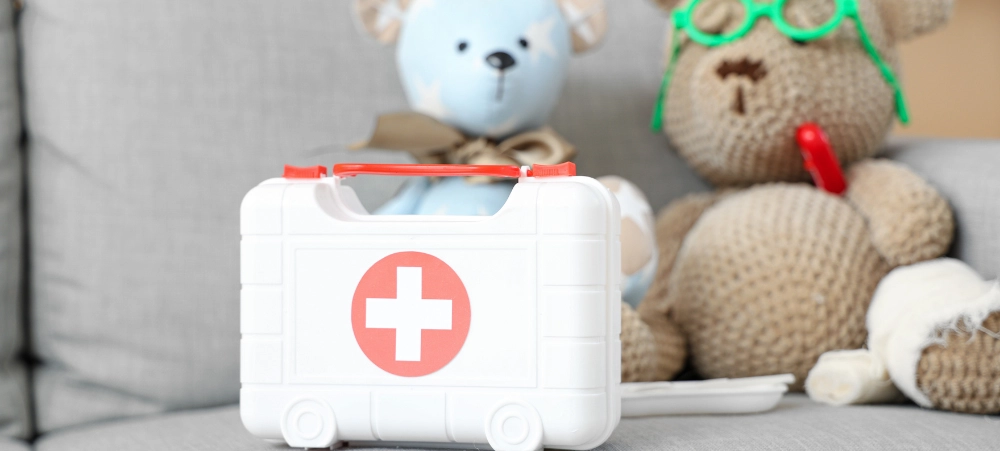Morning sickness is a common and often challenging symptom of pregnancy, affecting many women in the early stages. Despite its name, morning sickness can occur at any time of the day, and it’s characterised by nausea, vomiting, and a general sense of queasiness. While it can be tough to manage, there are several ways to ease the discomfort and help you navigate this challenging phase with more ease. Here are some tips and remedies for dealing with morning sickness: 1. Eat Small, Frequent Meals One of the most effective ways to manage morning sickness is to avoid letting your stomach become empty. Instead of eating three large meals, try eating smaller, more frequent meals throughout the day. This helps keep your blood sugar levels stable and can prevent nausea from escalating. Aim for a mix of carbohydrates, proteins, and healthy fats, and keep snacks like crackers, nuts, or fruit on hand to nibble on when you need them. 2. Stay Hydrated Dehydration can worsen nausea, so it’s essential to stay hydrated throughout the day. Sip on water, herbal teas, or clear broths regularly to maintain your fluid intake. If drinking large amounts of liquid feels overwhelming, try taking small sips or using ice chips to stay hydrated. Some women find that sipping ginger or peppermint tea can also help calm an upset stomach. 3. Try Ginger Ginger is a natural remedy that has been used for centuries to alleviate nausea and morning sickness. Whether you prefer ginger tea, ginger chews, or ginger ale, the root has anti-nausea properties that may provide relief. Research suggests that consuming ginger in moderation can be effective in reducing symptoms of nausea and vomiting during pregnancy. Always check with your healthcare provider before trying any new remedies. 4. Avoid Strong Smells Pregnancy can heighten your sense of smell, making strong odours even more intolerable. Certain smells—such as cooking food, perfumes, or cleaning products—can trigger or worsen nausea. To reduce exposure to unpleasant smells, try to stay in well-ventilated areas or use essential oils with calming scents, like lavender or citrus. You can also try wearing a mask if you need to be in a situation with strong odours. 5. Rest and Manage Stress Stress and fatigue can make morning sickness worse. Ensuring you get enough rest and taking time to relax can help alleviate some of the discomfort. Listen to your body and take naps or breaks when you need them. Incorporating stress-relieving activities such as deep breathing exercises, meditation, or gentle yoga may also help you feel more at ease. 6. Opt for Plain, Easy-to-Digest Foods Certain foods can be gentler on your stomach during episodes of morning sickness. Choose bland, easy-to-digest foods like plain crackers, rice, toast, or applesauce. Foods that are high in fat, spicy, or greasy can sometimes make nausea worse, so it’s a good idea to avoid them when you’re feeling queasy. Opt for simple foods that won’t upset your stomach but will still give you the nutrients you need. 7. Acupressure and Acupuncture Some women find relief from morning sickness through acupressure or acupuncture. Acupressure bands, which apply gentle pressure to specific points on the wrist, may help relieve nausea. While more research is needed, some studies suggest that acupuncture—performed by a trained practitioner—can also reduce symptoms of morning sickness by stimulating certain points in the body. Talk to your healthcare provider before trying acupuncture or acupressure. 8. Avoid Trigger Foods and Drinks Certain foods and drinks can exacerbate morning sickness. Caffeine, acidic beverages like orange juice, and overly greasy or spicy foods are common triggers. Keep track of which foods make you feel worse, and try to avoid them. If coffee or strong tea makes you nauseous, consider switching to decaf or herbal alternatives like ginger or peppermint tea. 9. Vitamin B6 Supplements Vitamin B6 has been shown to reduce the severity of morning sickness for some women. Many doctors recommend a B6 supplement to help manage nausea during pregnancy. It’s important to follow your doctor’s guidance regarding the appropriate dosage, as they can provide personalised advice based on your health and needs. 10. Consult Your Healthcare Provider If your morning sickness is severe or persistent, or if it interferes with your ability to eat, drink, or keep food down, it’s important to consult your healthcare provider. In some cases, severe morning sickness, known as hyperemesis gravidarum, may require medical treatment. Your doctor may recommend prescription medications, IV fluids, or other treatments to help manage symptoms and ensure you stay healthy. Conclusion Morning sickness can be an uncomfortable and trying symptom of pregnancy, but with the right strategies, it is manageable. By focusing on hydration, eating small meals, trying natural remedies like ginger, and avoiding triggers, you can reduce the discomfort associated with nausea. Most importantly, listen to your body and consult your healthcare provider if symptoms become severe or difficult to manage. Remember, morning sickness is usually temporary, and as your pregnancy progresses, it will likely subside.
































